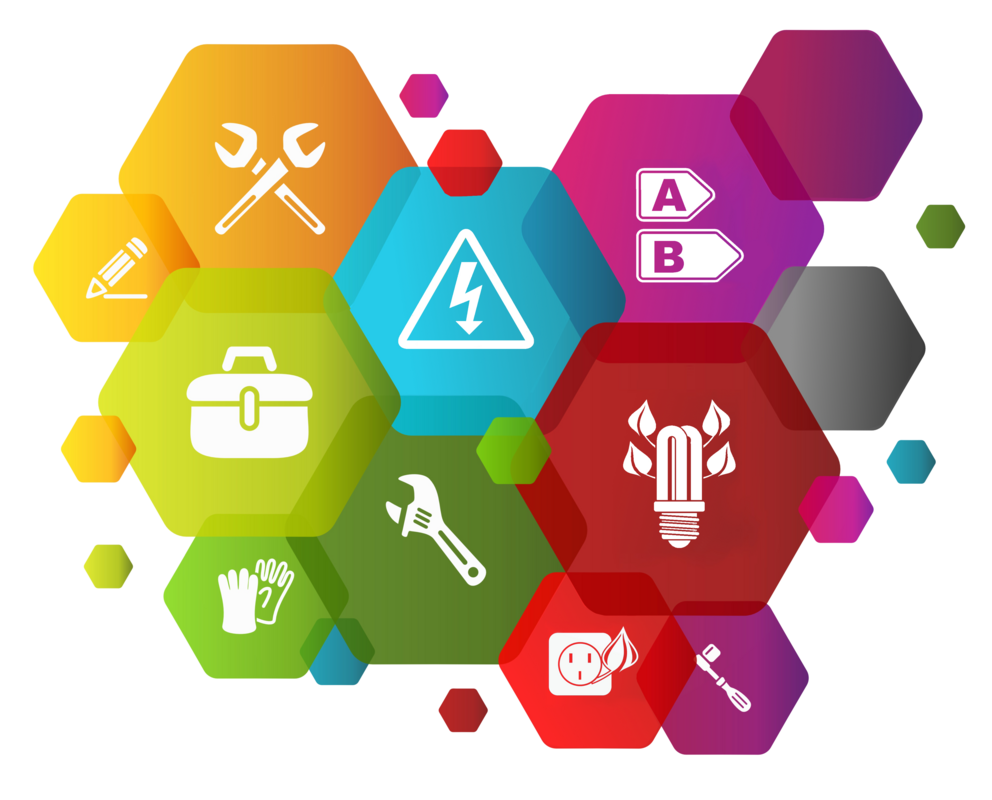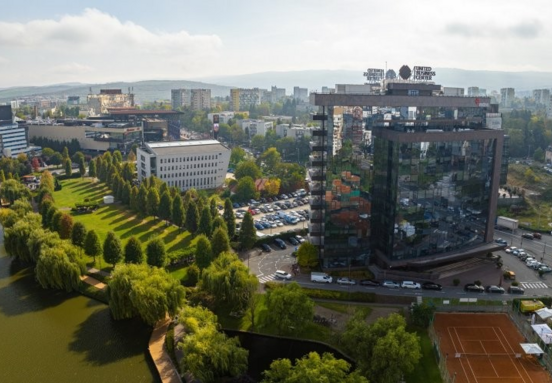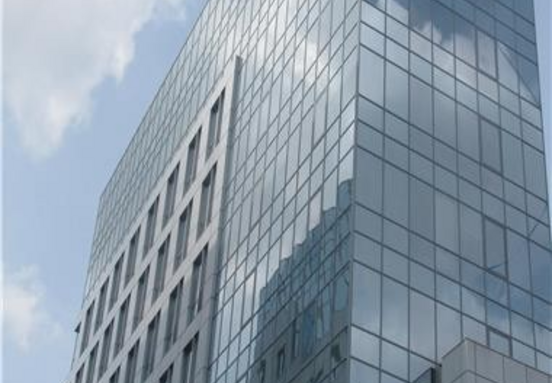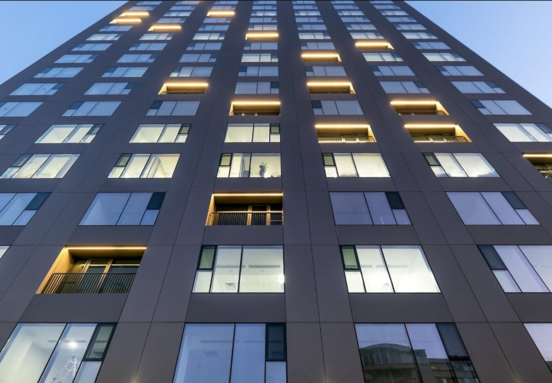These evolutions of technology as well as of digital collaboration processes enable innovation and bring major transformations in the Facilities Management industry today.
Why a Digital Facilities Management process?
Increased focus on performance and agility, achieving optimum resource efficiency, complex systems, predictive scheduling of facility maintenance are important objectives in the field of facility management. However, meeting these demands with limited resources is an almost impossible challenge. Moreover, for many years it was difficult to justify and demonstrate the efficiency of the digitalization initiatives in FM. So far. Why now? The advances of technology have made the real digitization of facilities management possible and accessible.
There are two main factors for the digital future of this field:
• First, the development and explosive demand make digital solutions accessible for professional use. The equipment needed for a digital FM has become accessible at reasonable prices. Similarly, advances in open source software and cloud services make it possible for developers to build affordable solutions using these technologies.
• Second, the construction industry is developing at a rapid pace. On the one hand, the projects implement website design and management technologies for most of the architecture, design and construction processes. On the other hand, more and more technologically advanced solutions are included in the buildings as part of the delivery. All of this generates smart data and equipment and opens the way for a digital FM. As project data becomes digital and intelligent, the promise of managing the information life cycle can now come true.
Organization of maintenance data and documentation
It has become easier and cheaper to store, share and retrieve data, and the equivalent of digital documentation is beginning to be preferred to paper. Even though information still needs to be sought through drawings and documents, digital data is becoming prevalent in Facilities Management.
The next step is to use smart predictive models and structured data. This will make the transition from the exchange of information to the exchange of meanings. This new stage will allow data reuse and interpretation using artificial intelligence. The new wave of digitization promises a smart model of real-time access to asset information, in which system architecture, data and documents are interconnected.
The basic data and processes will work together in an endless loop to keep the information updated and integrated. The data used to support decision making will be presented to the operator in the context where it is when it needs it and in a format that is relevant to the action / intervention it does.
3D models, 2D plans, schedules, text descriptions, web forms are all views filtered differently to the same asset information model. The capabilities and types of views are selected in a way that makes the user task efficient. Another advantage is that operators and managers will do their job effectively, keeping the archive up to date in the simplest way possible
FM digitalization makes data collection easier
Most of the buildings are already built, and the available data are not updated and are not in digital format. The first wave of digitization brought digital cameras, laser measurements and even scanners with cloud data storage. This has reduced the cost of data collection when major renovations or maintenance work has to be decided. Drones equipped with cameras can access any part of the building's exterior (or, in some cases, inside). The laser scanner can be mounted or is already included in the mobile phone.
But the real progress will come with the ability of digital object recognition and machine learning. The "clouds" of points will be interpreted gradually as objects. For example, a property is scanned before renovation and values are quickly obtained for the volume of space, floor surface, walls and ceilings, number of doors, windows and furniture, etc.
Similarly, smart digital equipment is becoming better at identifying building defects and classifying them according to risk and urgency. Even if, at an initial stage, the intervention suggestions will have to be verified by an operator, then the system learns from the received data sets.
Access to information
The first wave of digitization meant easier access to data and some search functions, but information was often stored in specialized systems available on special desktop computers. Today, with mobile devices connected to smart FM software running in the cloud, all users can gain access to the data they need when they need it. And it's not just about access to all the information (which could lead to fast information overload). The new systems will expose the relevant data according to the specific context of each user and allow to navigate to links with relevant information from multiple systems, when needed.
Thanks to the new technologies, for the buildings in the design stage, users and operators will be able to have a VR experience of total immersion in the building in order to be able to provide feedback on the capacity of use and maintenance of the asset. Also, FM specialists will be able to start training and familiarizing the teams with the new building earlier.
Author:Lucian Anghel, Fondator și CEO, Timepal Romania și Facilities Management Services







